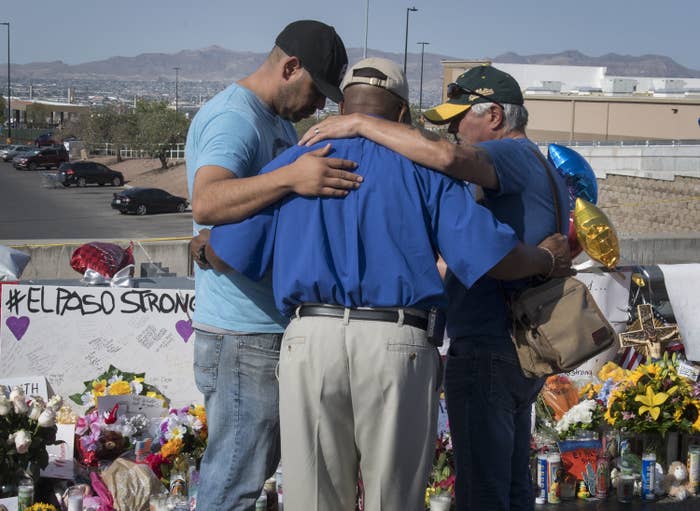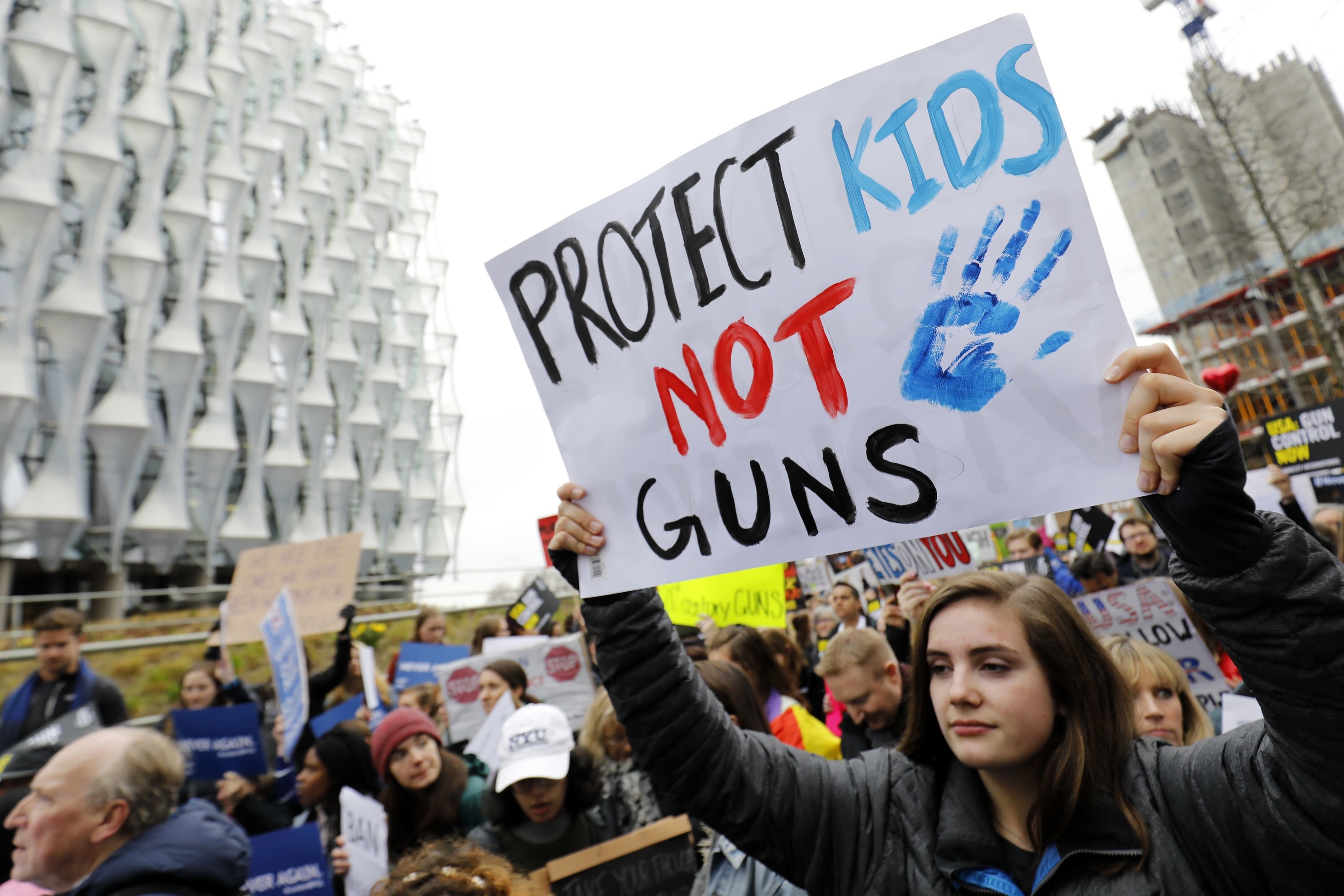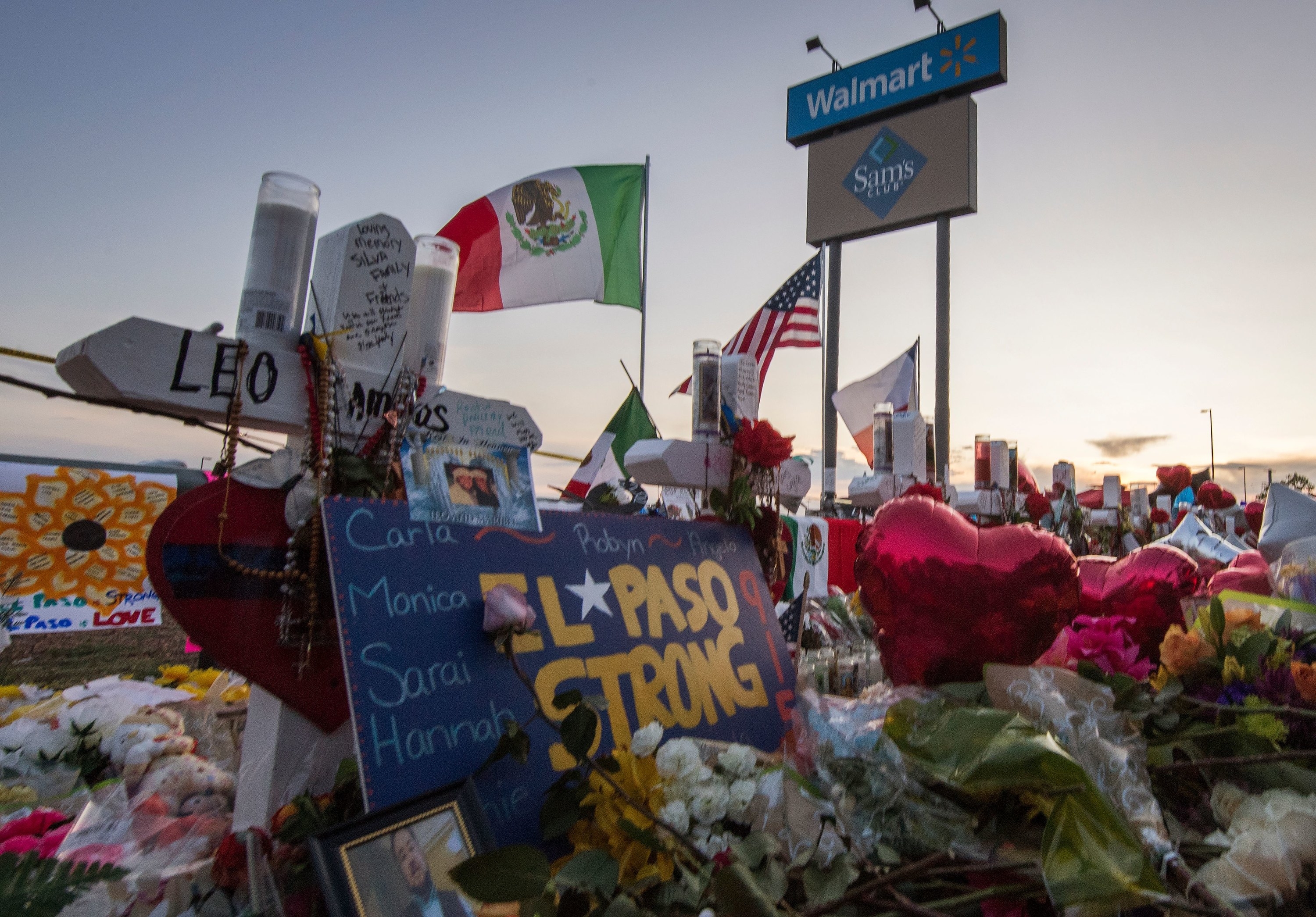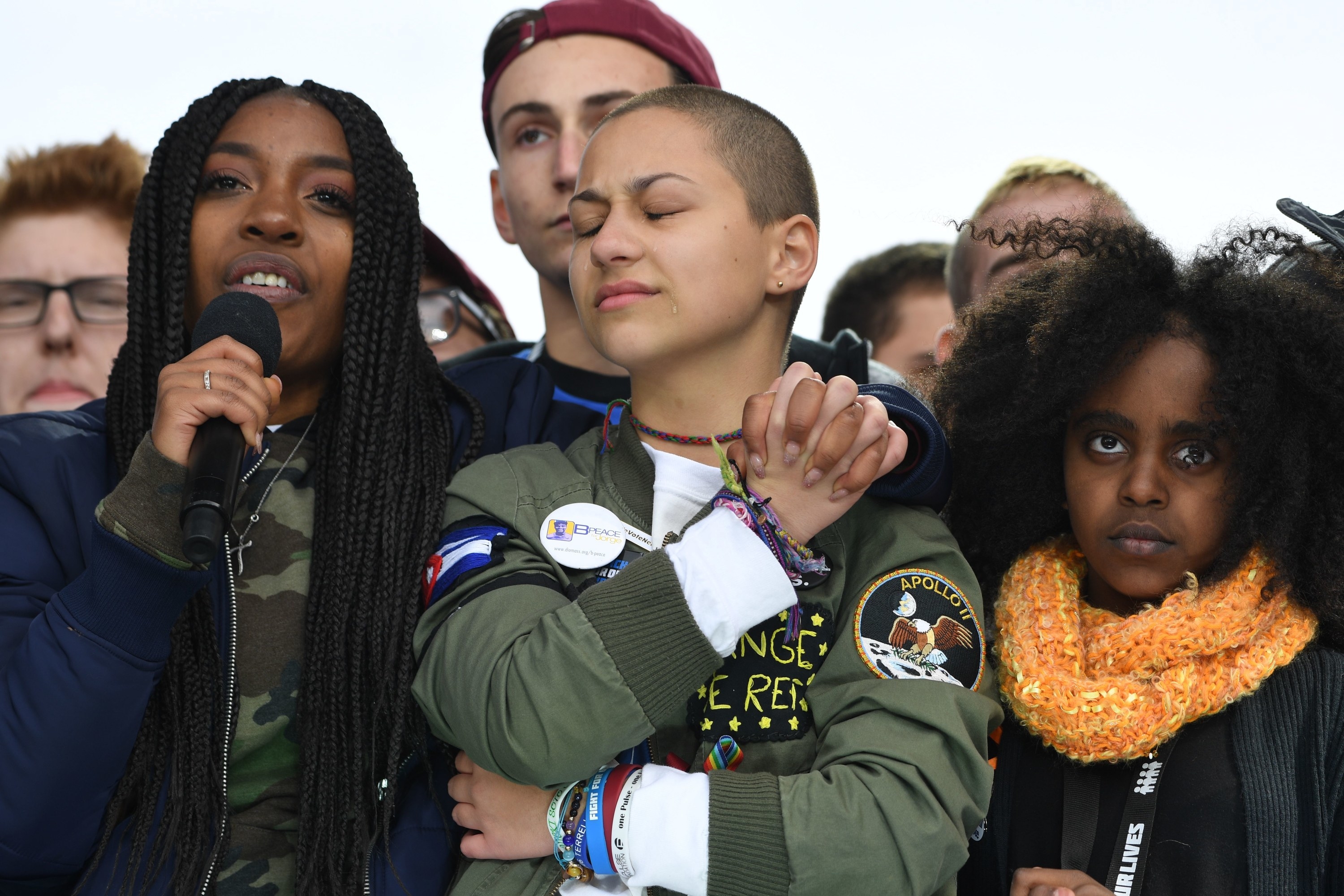
Years ago, not long after news broke of yet another mass shooting, I was walking through a grocery store when several balloons started popping in rapid succession, after floating too close to an overhead light. As the sound of their rupture echoed through the mostly empty store, I began to panic. I assumed they were gunshots.
I felt a dizzying surge of adrenaline that caused me to feel as though time is slowing down, and my knees buckled — a terrifying prospect when I should have been running. But the noise stopped as soon as it began, and the laughter of a few employees shouting, “God, I thought it was a gun,” made me realize that it distinctly was not. I finished shopping. It was a mundane task that remains indelible in my mind even if the tragedy that preceded it does not (forgive me: I am nearly 40. I can no longer keep our massacres straight).
I can’t remember when I first started feeling anxious in the wake of mass shootings, but I know it wasn’t Columbine. I was a freshman in college when it happened, and back then it felt like a terrible, singular event. We didn’t talk about systematic change in the aftermath, because it didn’t feel like a systematic problem yet.

Two decades later, it has proven not to be an isolated incident, but simply a larger entry in an ever-growing list of US gun massacres. And in that time my anxiety has quietly grown, so subtly and steadily that I did not realize it. First it was simply in the aftermath of a shooting: I would walk with trepidation in public places, scanning bags that seemed large enough to conceal weapons. But it seems that we’re constantly in the aftermath of a shooting, and so that anxiety has become a sort of continual low-level hum, background noise for my life. I can’t remember when it became constant. Maybe it was Sandy Hook. Or Pulse. It was definitely there after Vegas, and never left me.
It wasn’t until I was traveling to London in 2017, where private gun ownership is virtually non-existent, that I noticed my anxiety had dissipated. Back in the US, the Sutherland Springs church shooting had just transpired — leaving more than two dozen people dead. An ocean away, I walked through crowded markets and stood on subway platforms and didn’t jump at loud noises. I realized at home, I am always afraid.
Here in Seattle, I get nervous in public places, making note of where the exits are. I rarely wear heels because they make it harder to run. A friend recently gave us tickets to a play and I nearly walked out when I saw they were in the middle of a row, far from the doors. It was a thoughtful gift, but I was preoccupied trying to calculate if I’d be able to roll under the seats for cover.
Friends and strangers alike have told me they do the same thing, and I can’t tell if that’s comforting or not. We mark ourselves “safe” on Facebook, we post images of makeshift memorials where people were gunned down, we write about how heartbroken we are. It all starts to feel so universal, that we should probably change the idiom: It’s as American as gun violence. Even tourists headed to the US from some countries are being warned to watch for shootings.

My brother used to be the most laid-back person I know, but after my nephew was born in 2012, months before the Sandy Hook massacre, he’d text me in the wake of nearly every mass shooting, shaken in a way I’d never seen him, contemplating everything he had to lose. He still occasionally suggests we all move to another country. I know he’s half-kidding. I know he’s half-serious.
Now a father of two, he worries how he’ll be able to run for safety while carrying both his kids. I test the weight of my 7-year-old nephew and realize that I could no longer run while carrying him — at least, not quickly.
“He’s big enough that he can run pretty fast,” my brother tells me.
I hold my brother’s youngest child — my 7-month-old nephew — and try to figure out how much of his body I could cover with my own, if I could manage to stop bullets from getting to him. I rest my fingers against his impossibly round cheeks.
I read about the mother of three who was shot at a Wal-Mart this past weekend, apparently trying to shield her toddler from bullets. Her baby lived. She and her husband did not. They were two of 22 people killed.

We now live in a country where a child can go to school and never come back. A family can take a mundane trip to the store and lose their loved ones as they roam its aisles.
There have been more mass shootings than there have been days in the year, and still, a recent bill expanding background checks remains stalled in the Senate after being passed by the House. More than 60% of Americans want stricter gun laws, but our government doesn’t reflect the will of the people. The NRA represents less than 1.5% of the U.S. population — that’s only 6-7% of the total number of gun owners nationwide. But they spent $53.4 million on the 2016 election — not only in support of their own candidates but against ones that didn’t share their “values.”
Without enough action from lawmakers, our only solution is to hope we’re somehow able to get to safety. Against that much money and power, what options are left to those who want gun control?
“Maybe this time will be different,” I said to a friend after the Parkland shooting last year.
“It won’t,” he told me flatly. He’d given up after Sandy Hook — he told me that when 6-year-olds were slaughtered in school and still we did nothing, he knew America never would. I realized that for years I’ve been trying to comfort myself with the idea that eventually, eventually, we’re going to pass some sort of legislation that will require stricter background checks, or continual wellness checks for weapon owners. That maybe politicians would agree that guns used in war didn’t need to be available to civilians. This concept helped me deal with the rising anxiety — I told myself there had to be an endpoint to all of the violence.
But the pattern is always the same. People — children, infants, the elderly — are gunned down in stores, in schools, in churches and parks. Gun rights advocates blame mental illness, video games, rock music, anything but the ease with which we can buy weapons. The public is outraged. We hold vigils. We grieve. We march. But our elected officials do nothing. It feels like it’s all designed to make us give up.

In the wake of the Parkland tragedy, the March for Our Lives rallies made me feel a tiny bit hopeful. I donated and I made signs. But still, the tragedies continue. I’ve read Senate Judiciary testimonies from children who saw their own classmates killed in front of them, hiding under their lifeless bodies and calling their parents to say goodbye. Not even their harrowing accounts could persuade lawmakers. We’ve been rendered powerless by our own government. A perverse interpretation of 200-year-old words that allows civilians to own weapons that can kill dozens of people in seconds somehow outweighs the right to life, liberty, and the pursuit of happiness.
Every time, I keep wondering if this mass shooting will be the last mass shooting, and I’ve come to accept that it won’t be.
And so I test the tensile strength of chairs, and I panic when I realize my loved ones aren’t as mobile or as able-bodied as I am. I’ve voted. I’ve marched. I’ve cried. These emergency plans I keep making in my head are one of the few things I can pretend to control.
I tweeted about my anxiety in the aftermath of the El Paso shooting and scores of strangers told me they have similar feelings — some of them avoid movie theaters, concerts, and even grocery stores. Friends tell me that their kindergartners go through active shooter drills. Guns continue to be sold at the same stores where gun massacres have occurred. Living with the constant fear of dying from gun violence has become part of the patchwork of America. This is our new normal, and it’s anything but.
